Factors Affecting Matcha Freshness
Several environmental and handling factors affect the shelf life of matcha powder. Humidity, air exposure, UV rays, and heat can all cause matcha to deteriorate quickly. To maintain its quality it’s essential to protect matcha from moisture, oxygen exposure, and direct sunlight by storing it in an airtight container away from temperature fluctuations.
Matcha Powder Shelf Life
Unopened matcha powder can typically last between 12–18 months from its best‑by date when kept sealed in its original packaging. Once opened, matcha is best consumed within 2–3 months for optimal freshness. Storing it in an airtight container and keeping it in a cool, dark place or even in the refrigerator can help extend its usable life. Always observe the best‑by date on the packaging as a general guideline for freshness and quality.
Matcha Quality and Longevity
The quality and grade of matcha play a significant role in its shelf life. Premium, ceremonial‑grade matcha maintains its vibrant green color, fresh aroma, and flavor longer than culinary‑grade matcha. However, both degrade over time due to oxidation, which diminishes their taste and nutritional benefits. Sourcing matcha from trusted tea shops can ensure you’re getting a high‑quality, fresh product that maintains its properties for as long as possible.
Proper Storage Practices
To preserve matcha’s freshness and prevent spoilage, it’s best to use an opaque, airtight container and keep it in a cool, dark space. Adding silica gel packets can help reduce moisture exposure. Avoid storage areas with temperature fluctuations as condensation can lead to clumps or mold. If refrigeration is used ensure the container is tightly sealed to prevent moisture or odor absorption from other foods.
Safety and Use of Expired Matcha
Consuming matcha powder after its best‑by date is generally safe if it has been stored properly and shows no signs of spoilage. However, its flavor, aroma, and nutritional benefits may be significantly diminished. Expired matcha can be repurposed for cooking or used in beauty treatments, but if it develops mold, discoloration, or a musty smell, it should be discarded to prevent any risk of illness.
Signs Matcha Has Gone Bad
Check for the following indicators that matcha has spoiled:
- Dull or yellowish color instead of a vibrant green
- Musty or off smell
- Flat or bitter taste
- Clumps, grainy or sand‑like texture
- Loss of aroma and a lack of froth when whisked
If any of these signs are present, it’s best to discard the matcha to ensure both quality and safety. By following proper storage practices and using matcha within its best‑by period, you can fully enjoy its rich flavor, health benefits, and beautiful color every time you make a cup.


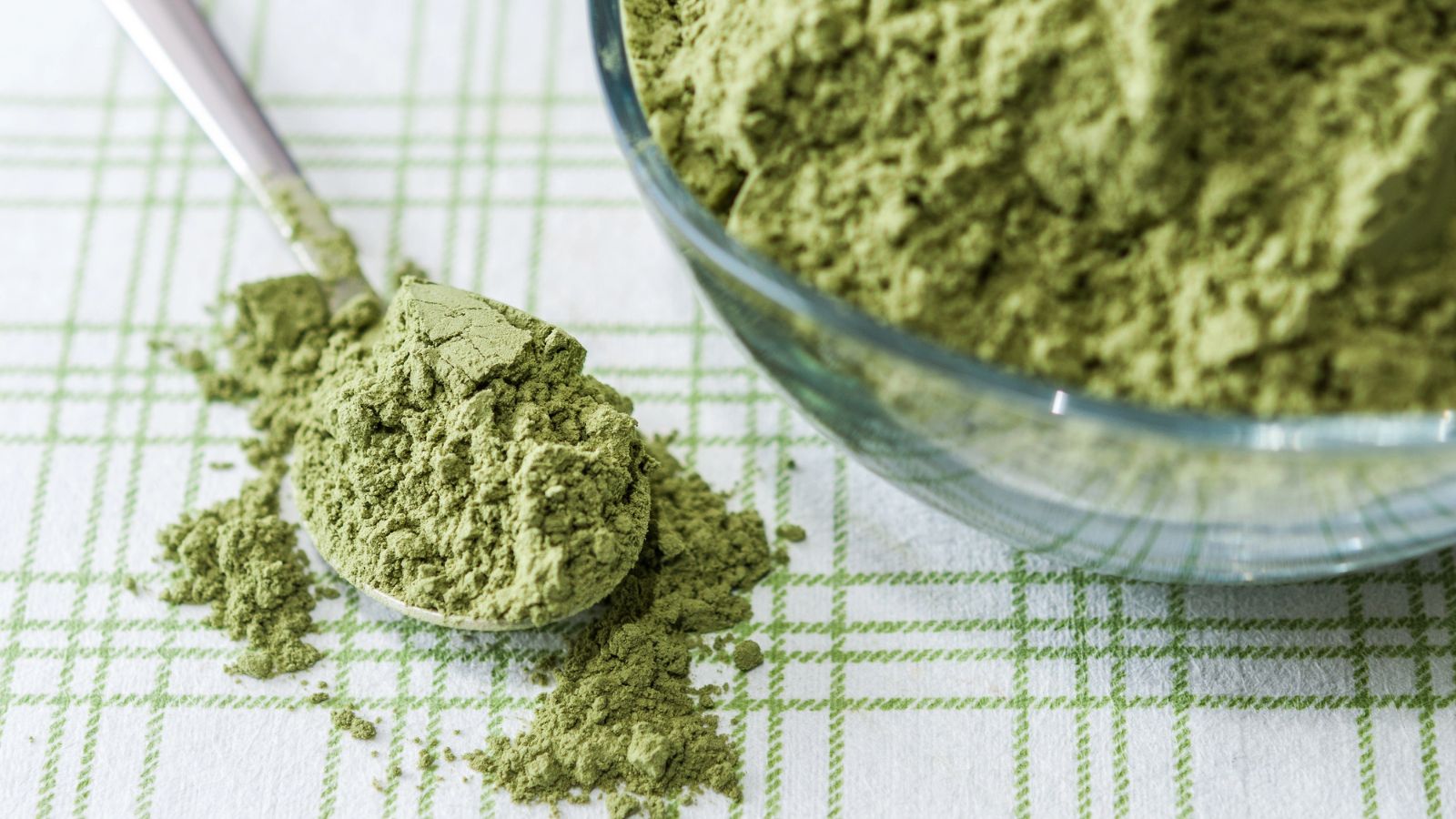

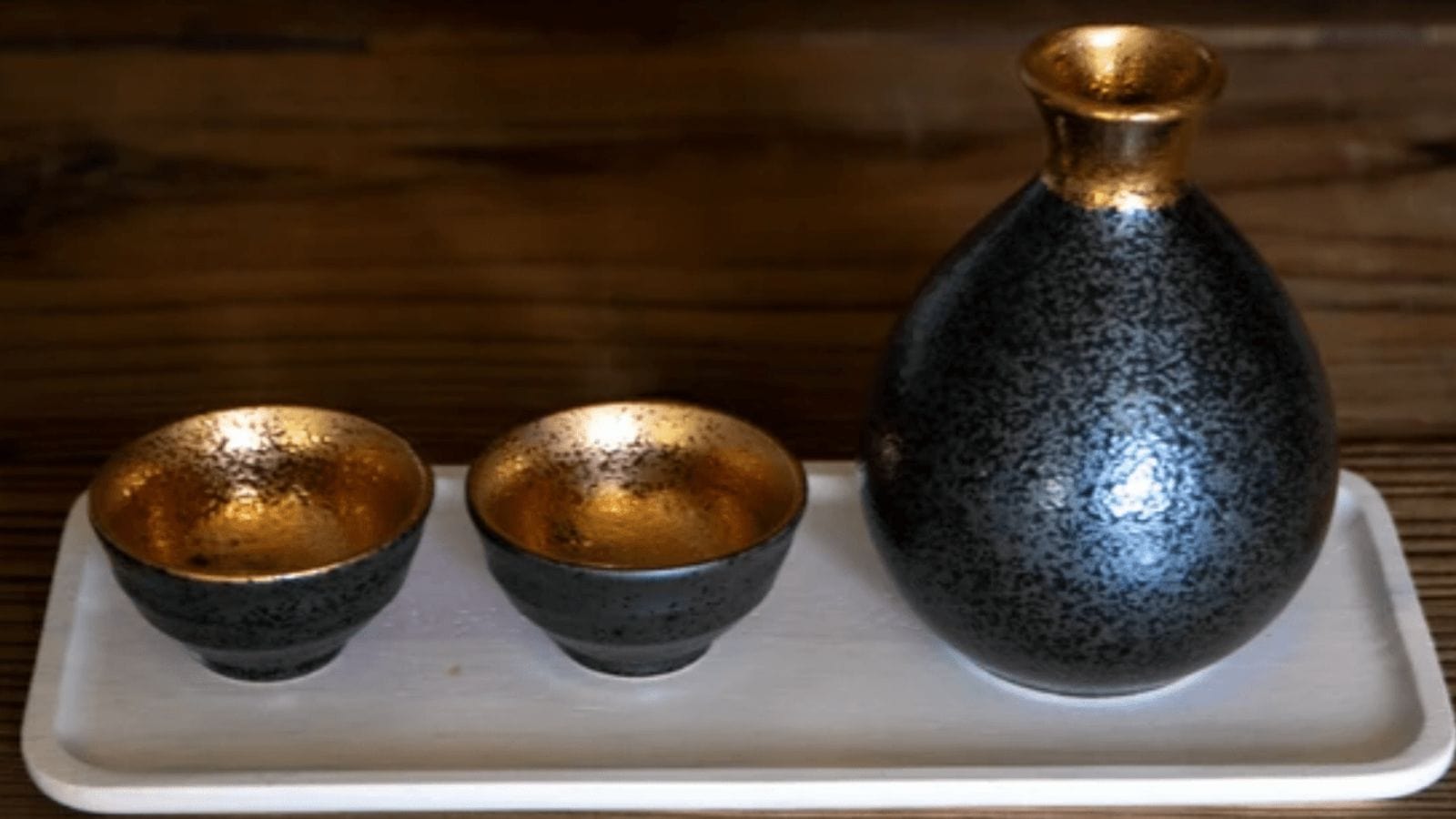
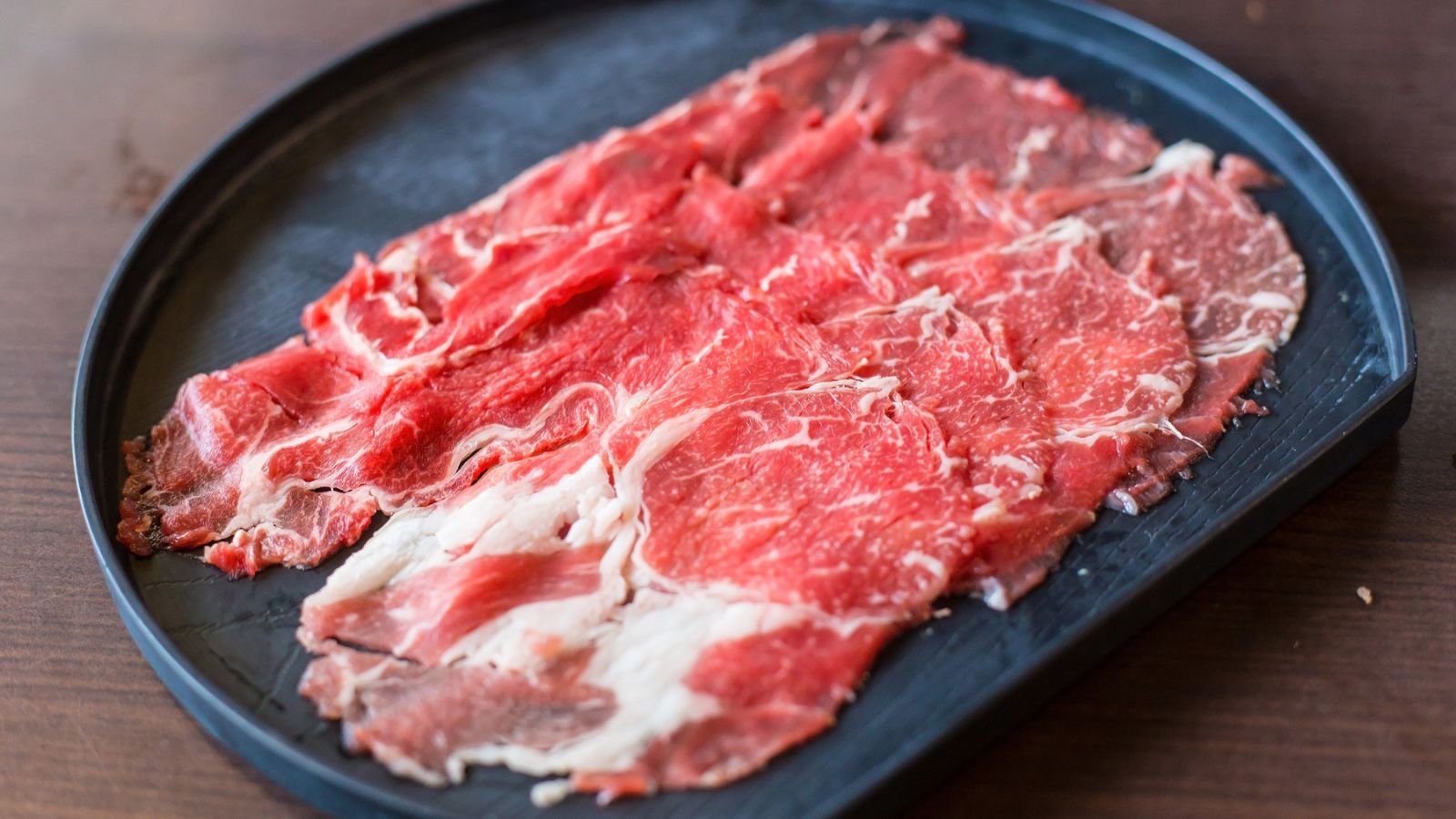
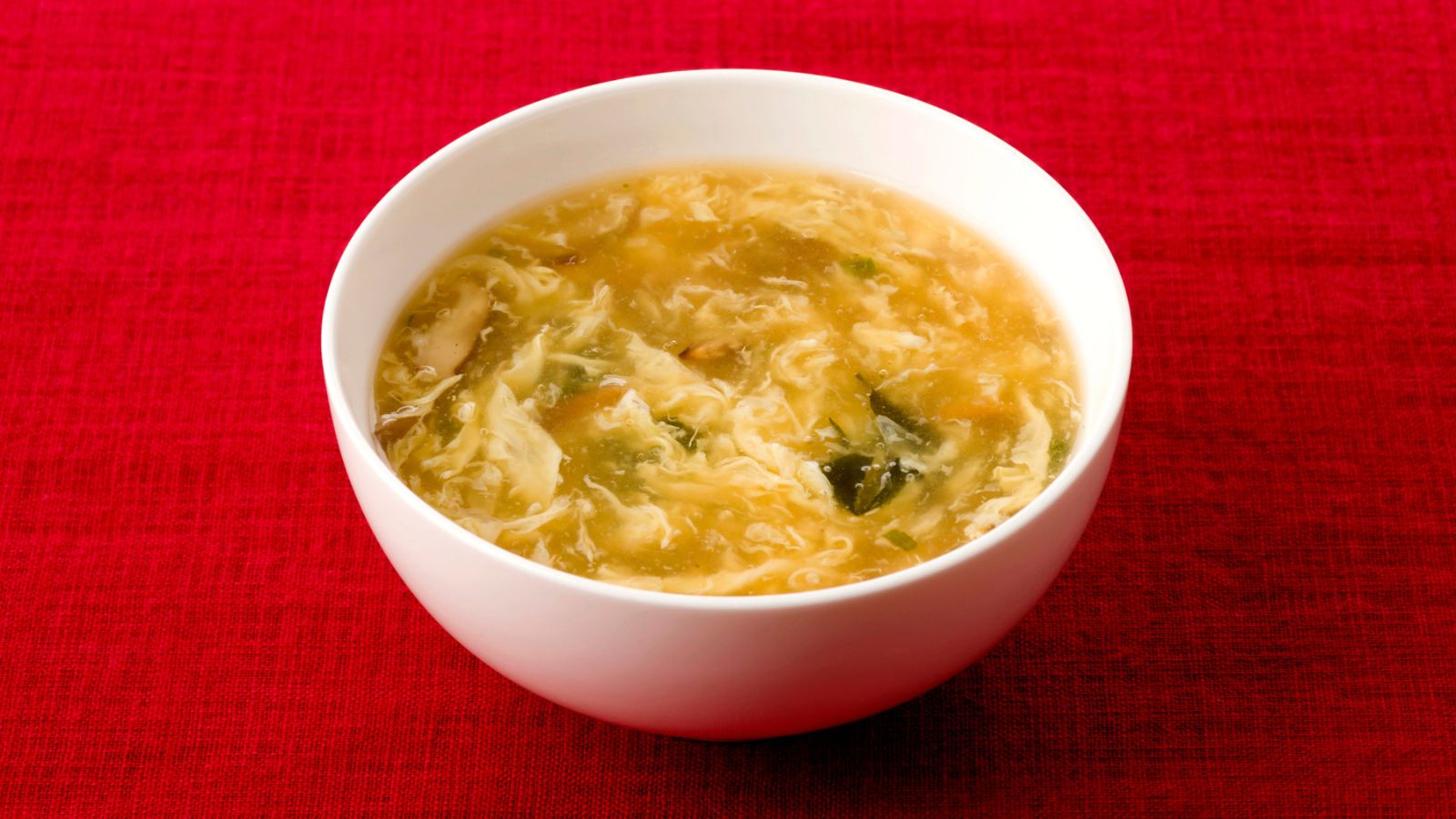
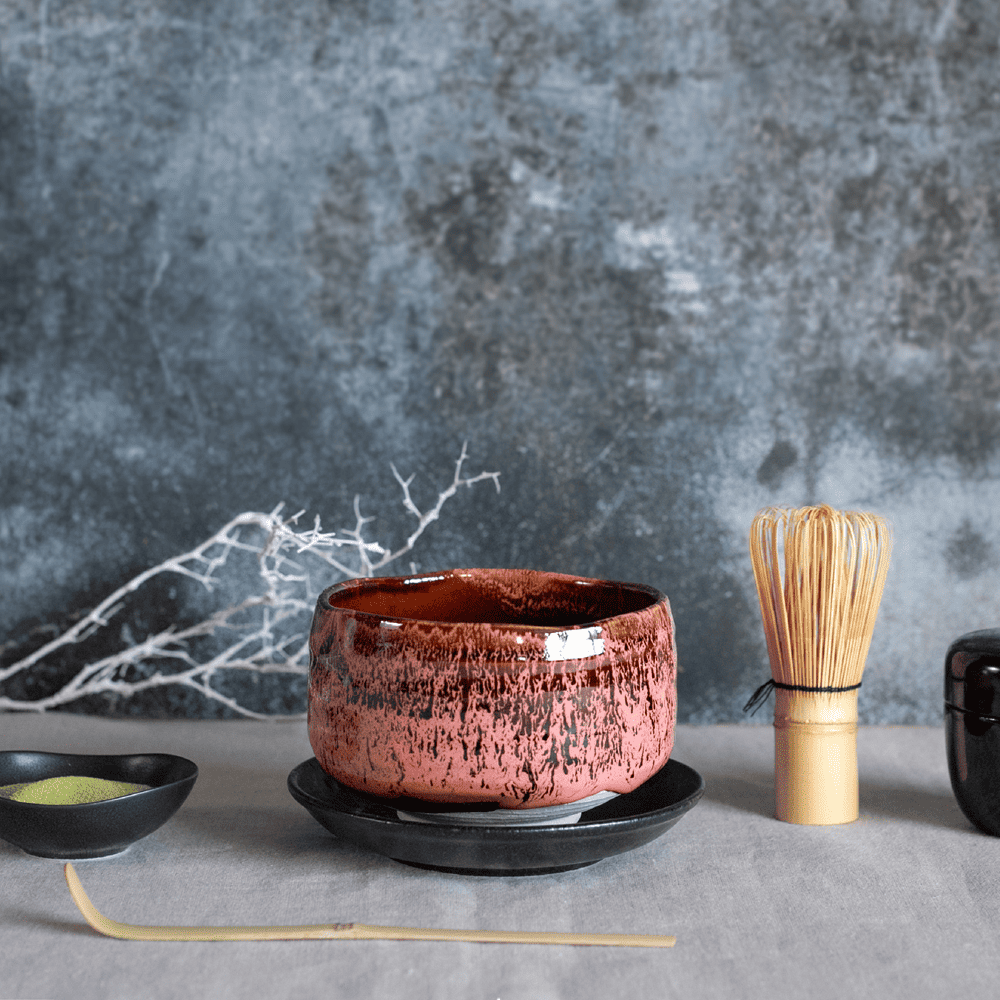
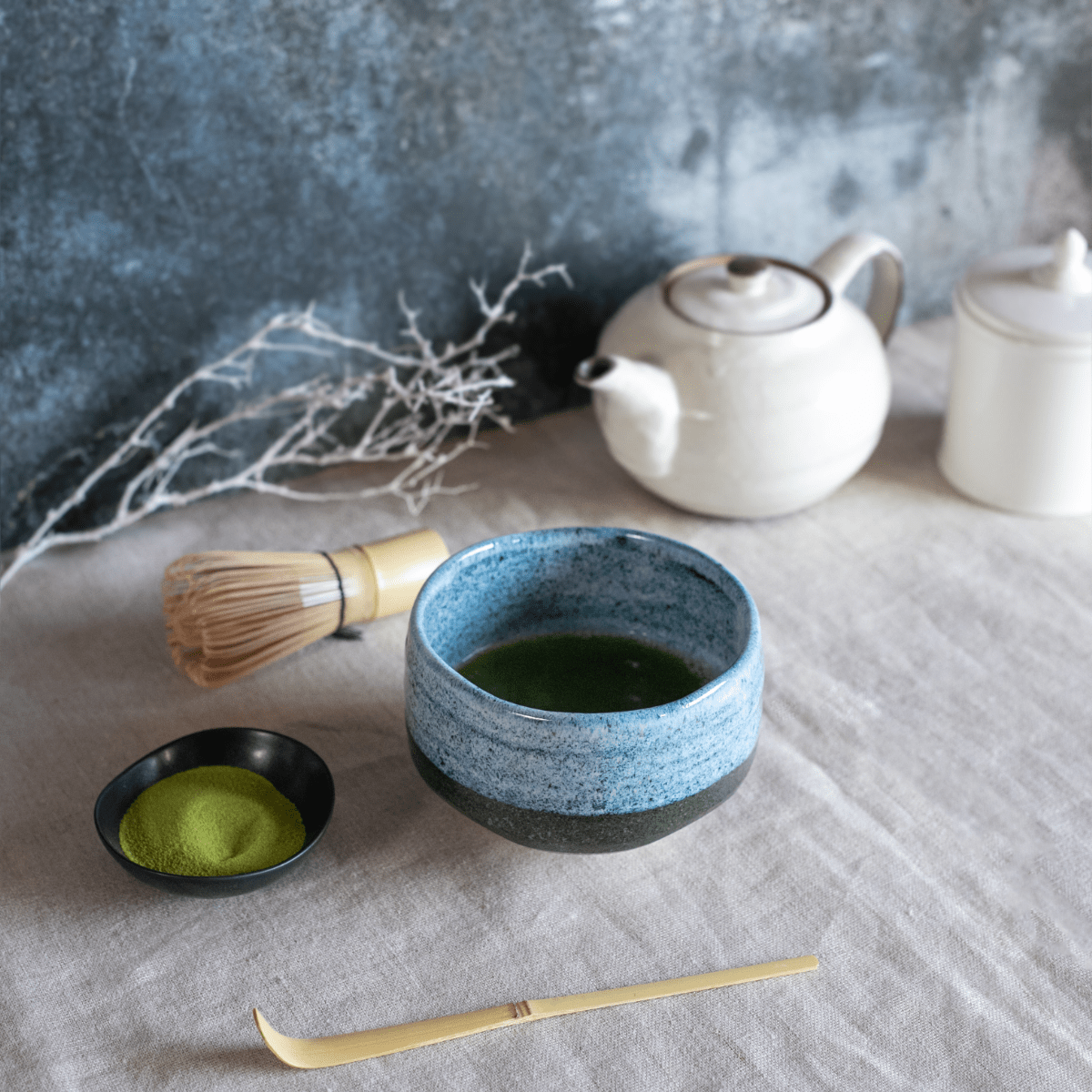
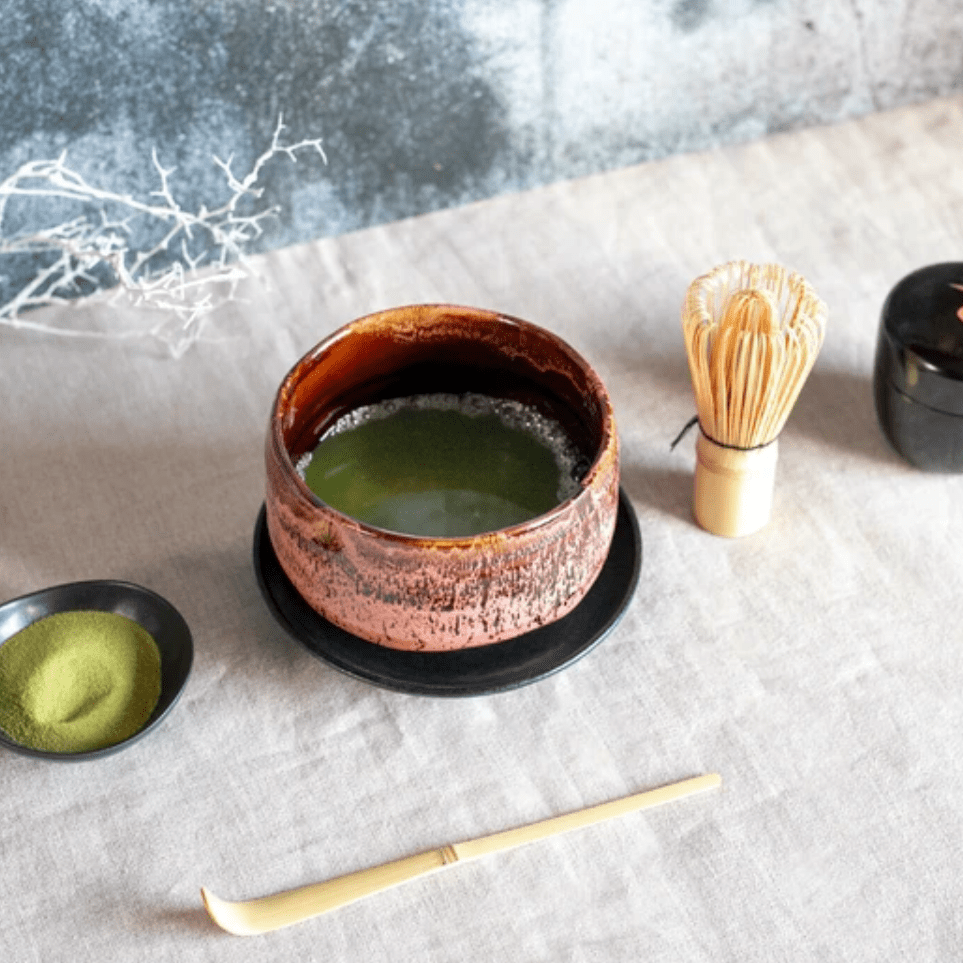
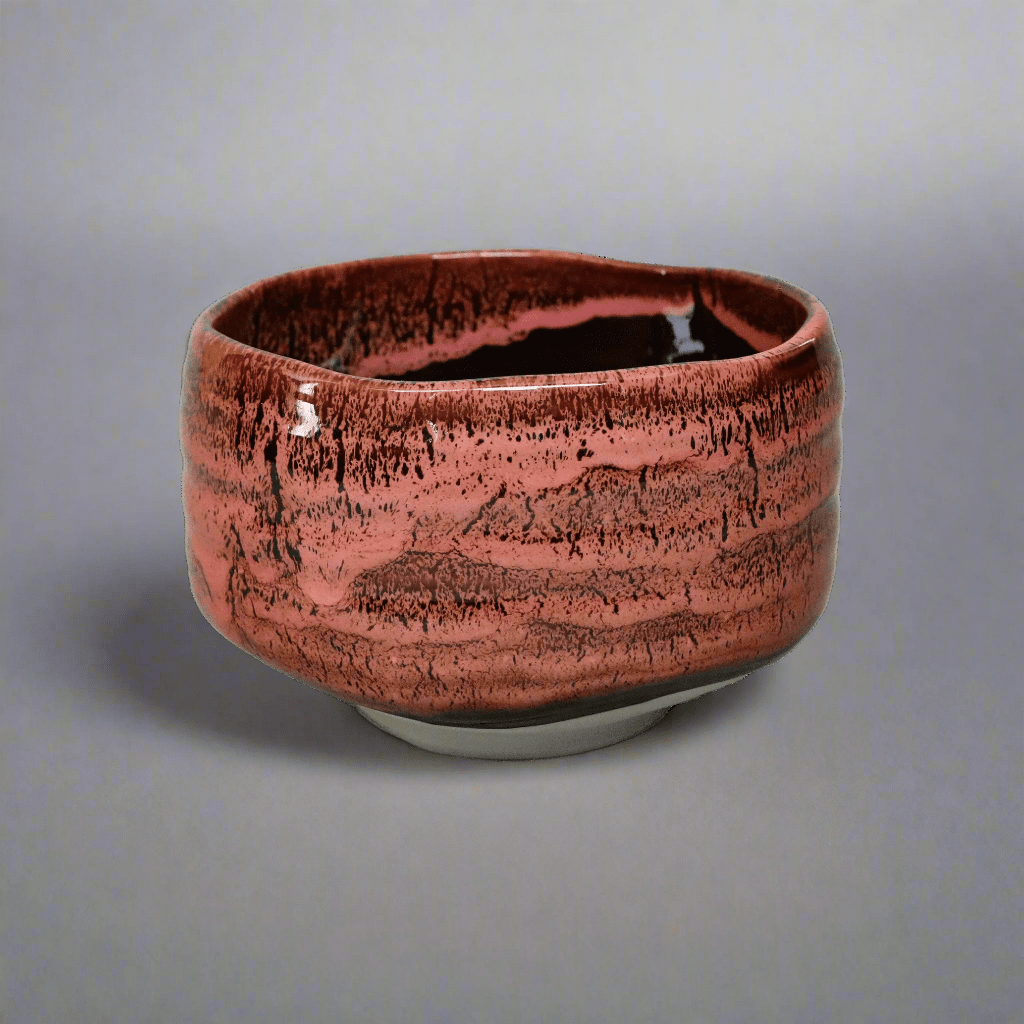
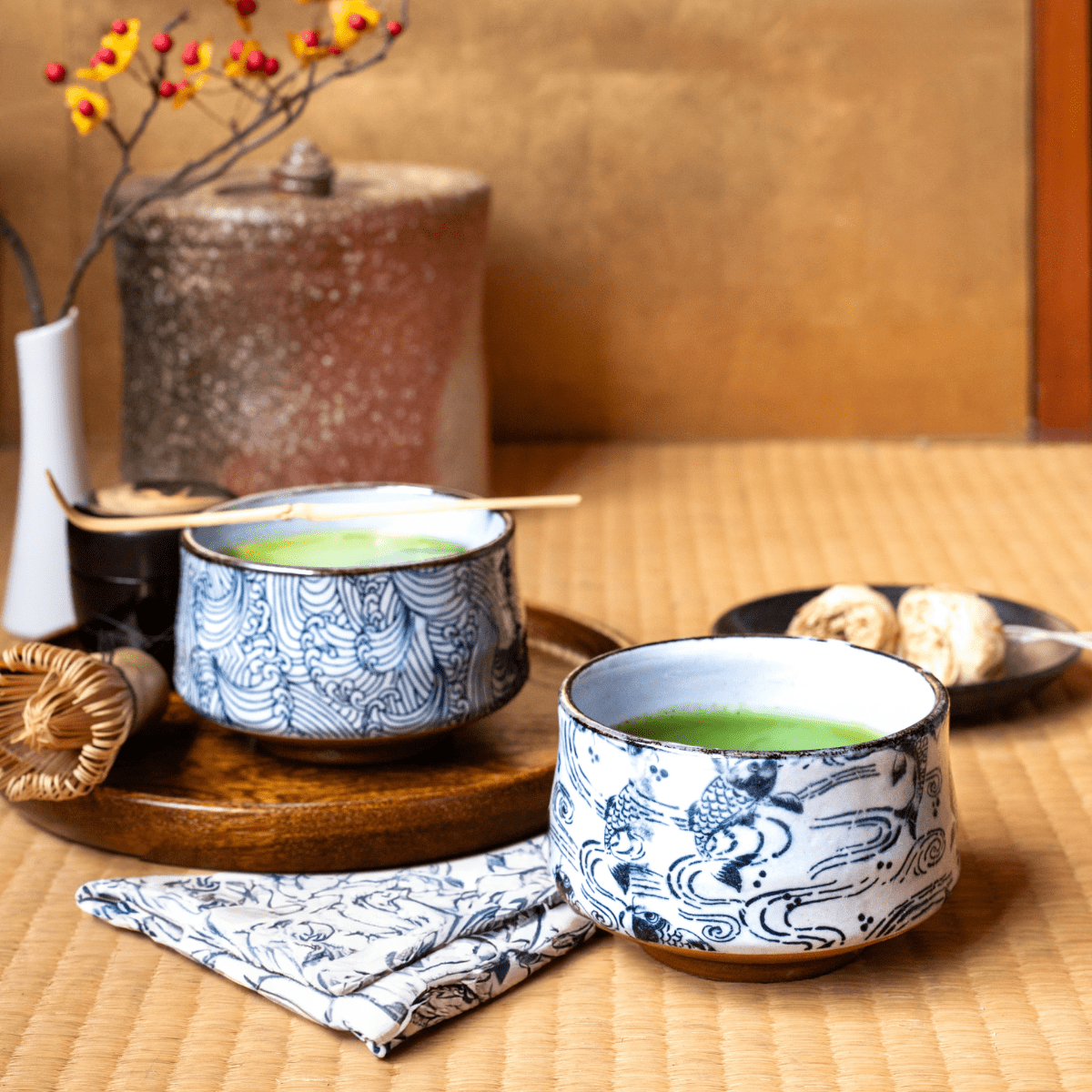
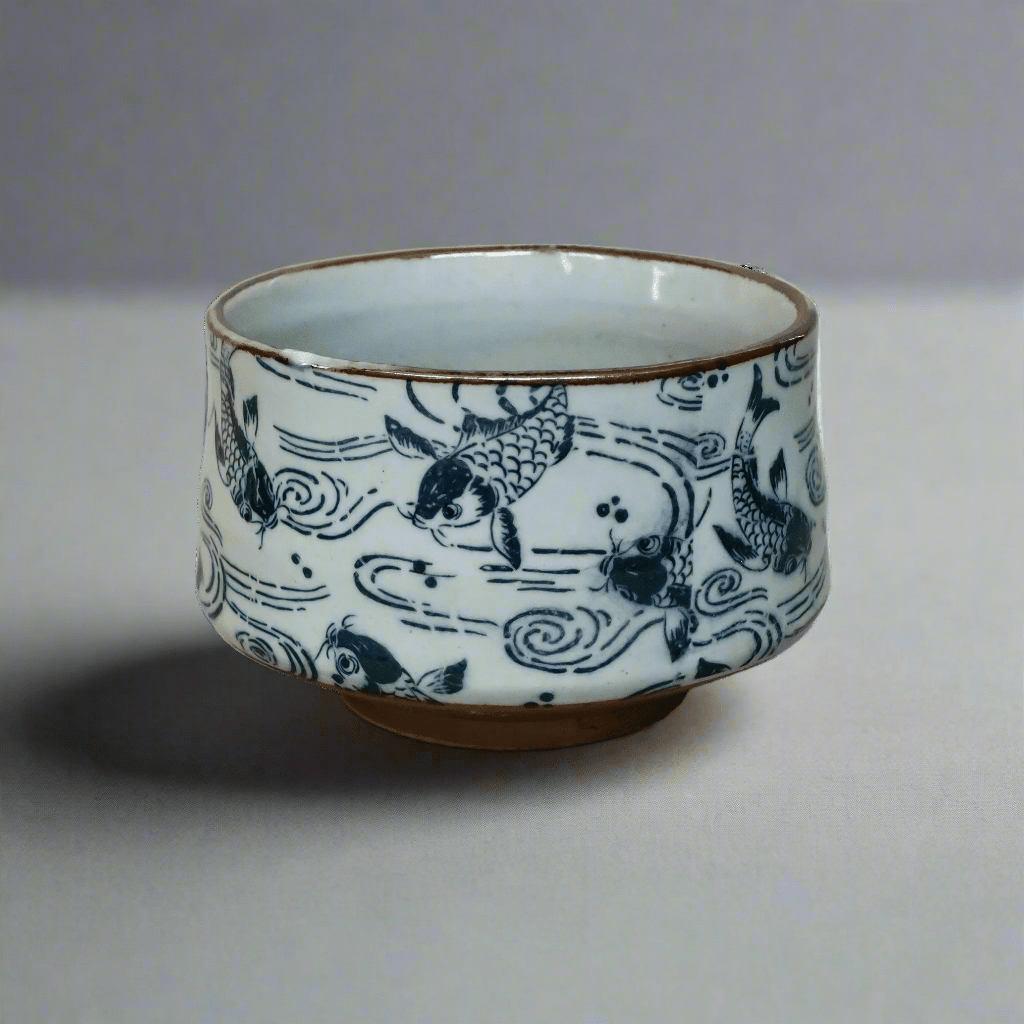
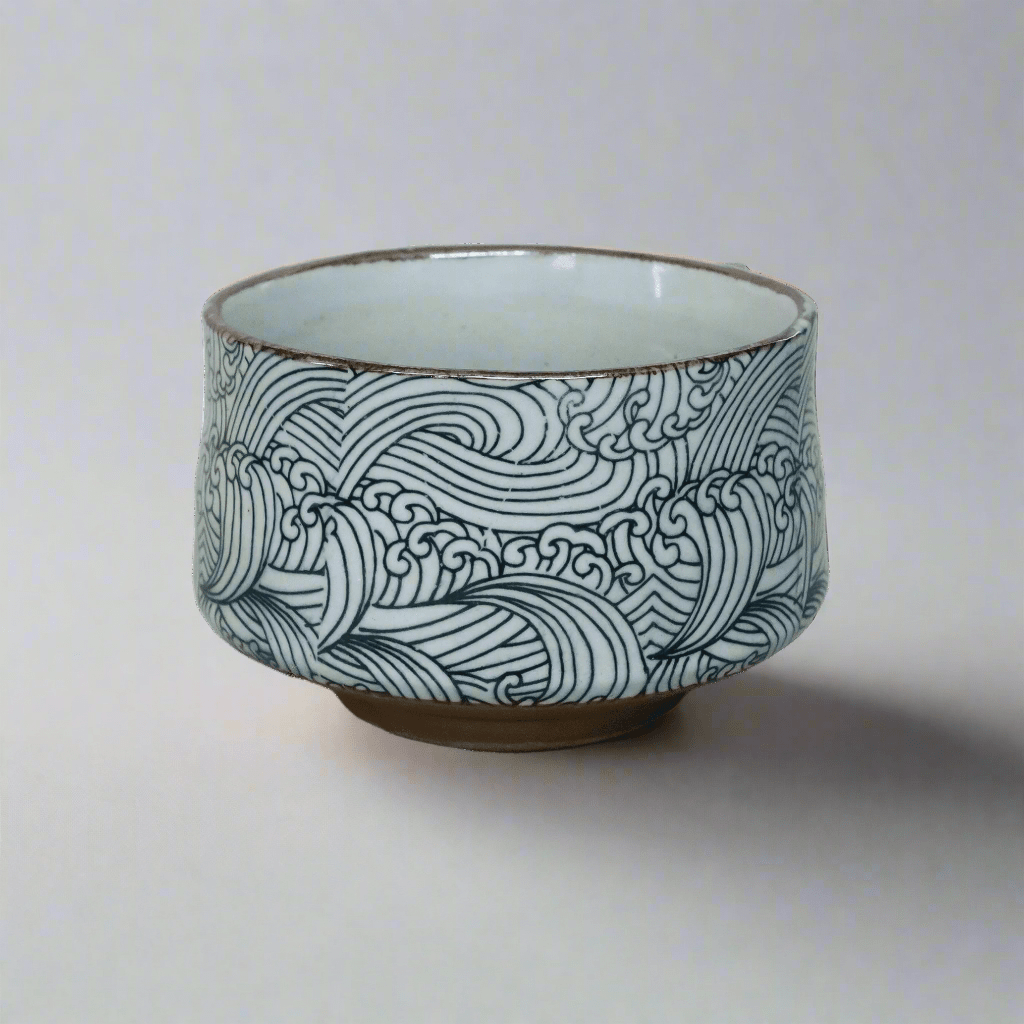
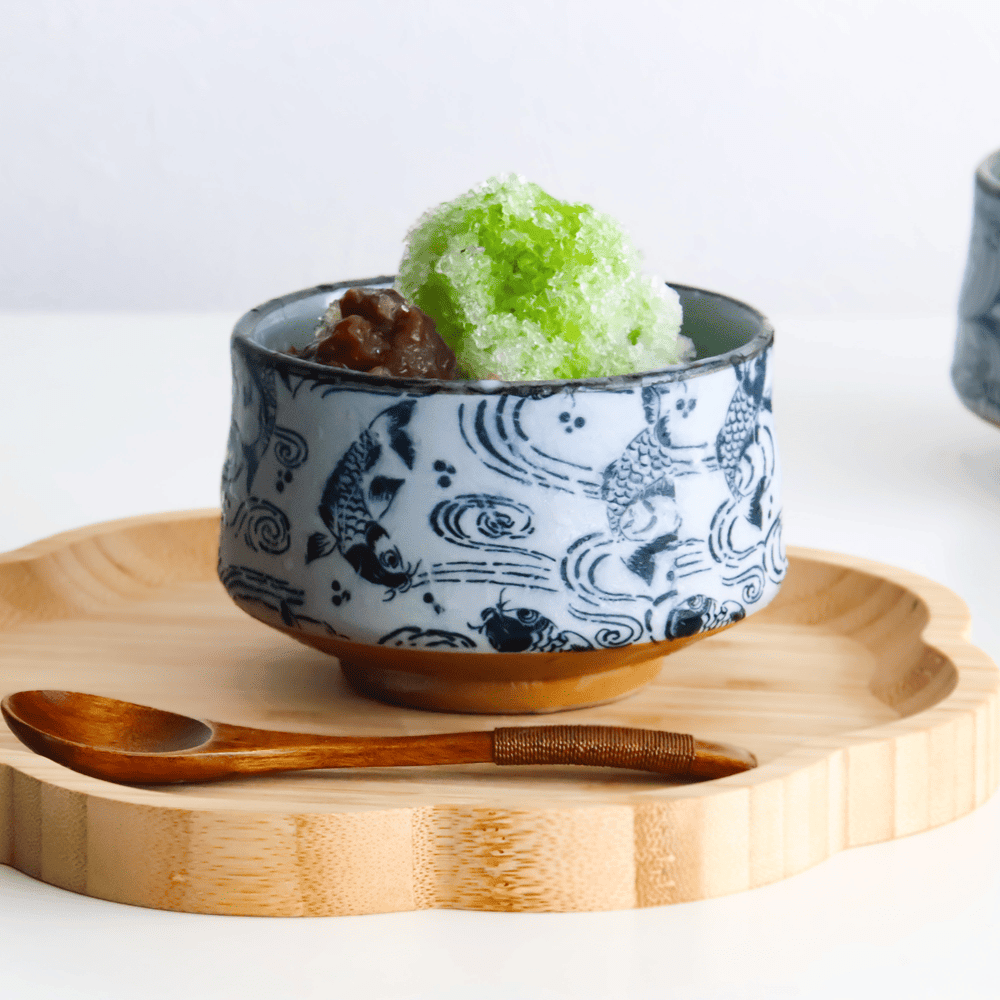
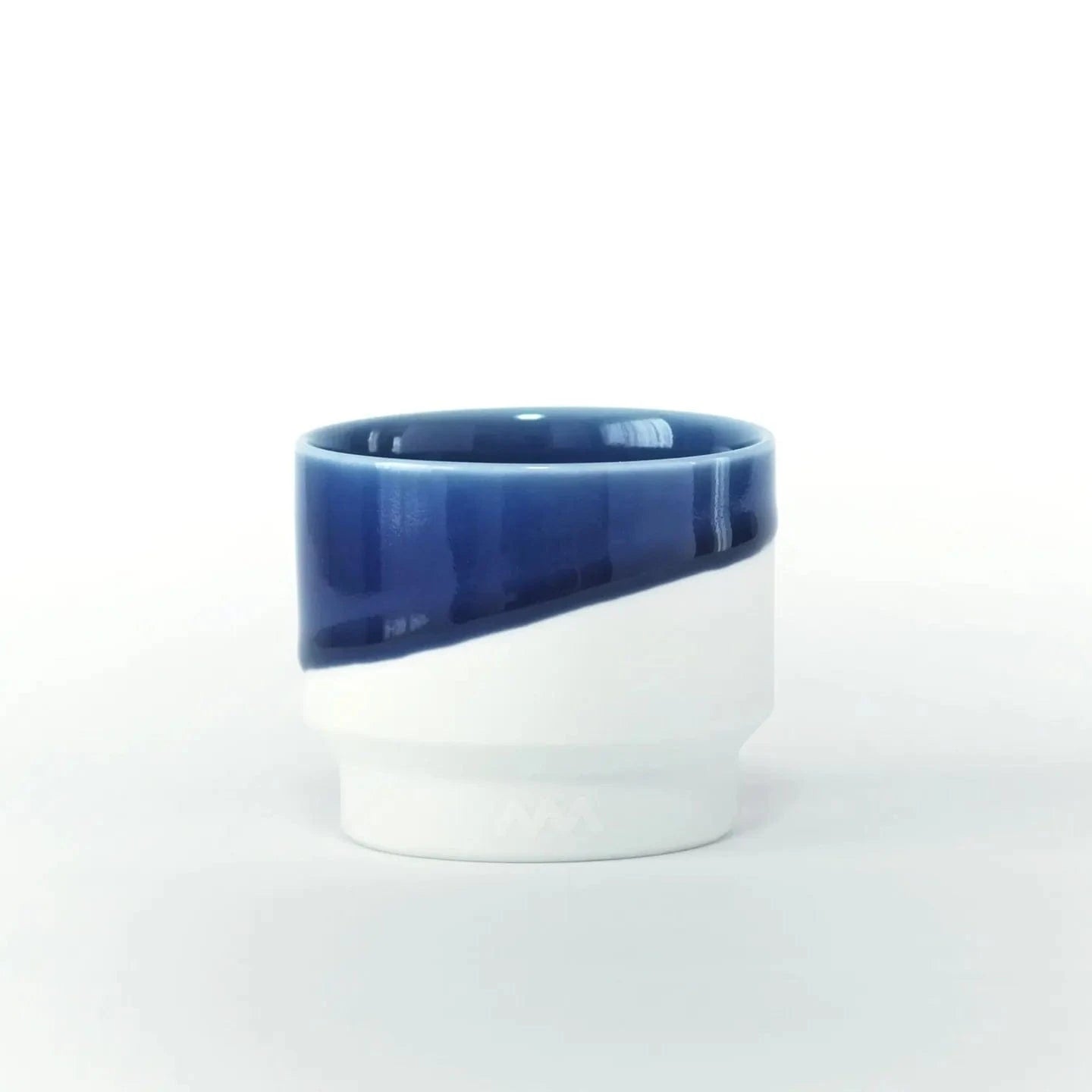
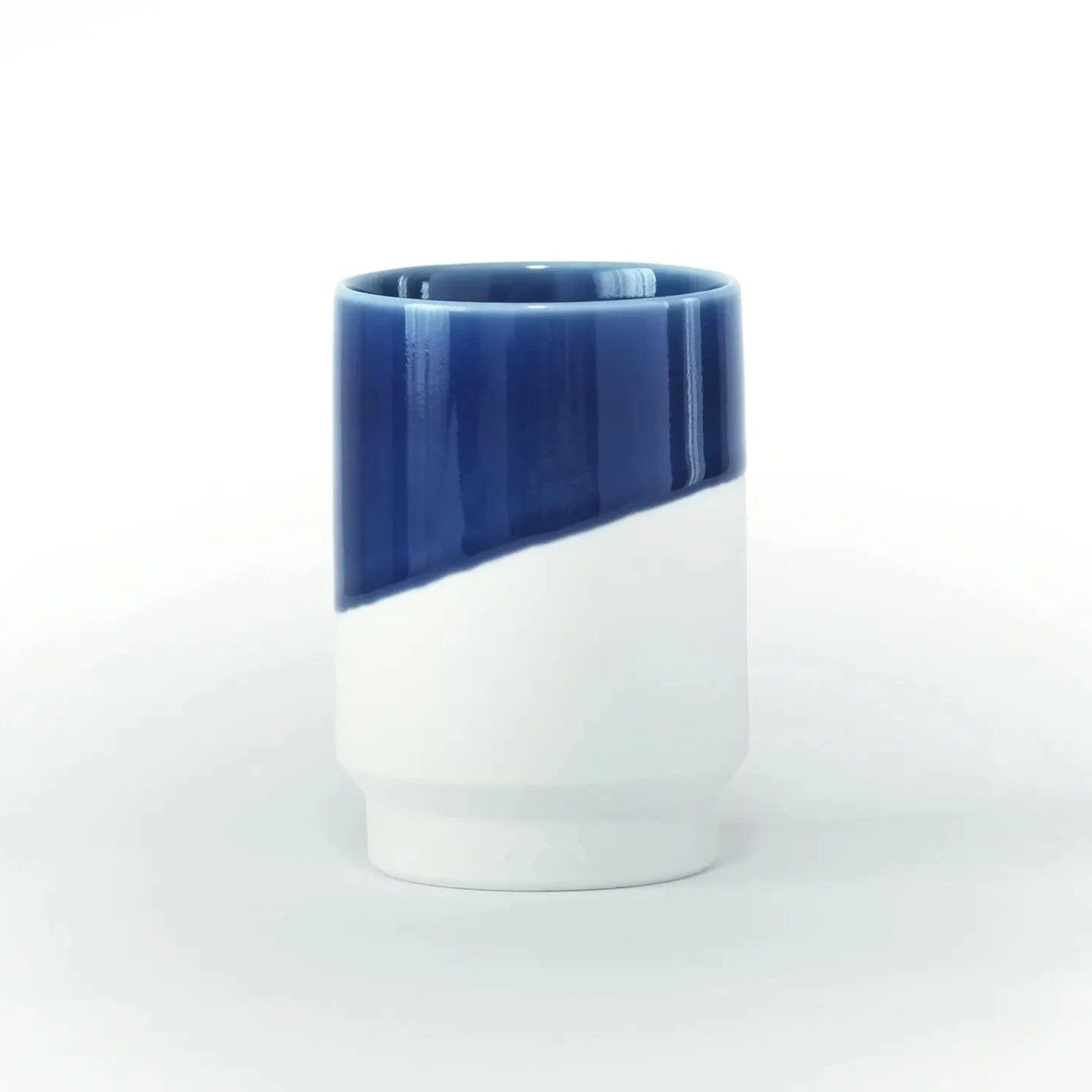
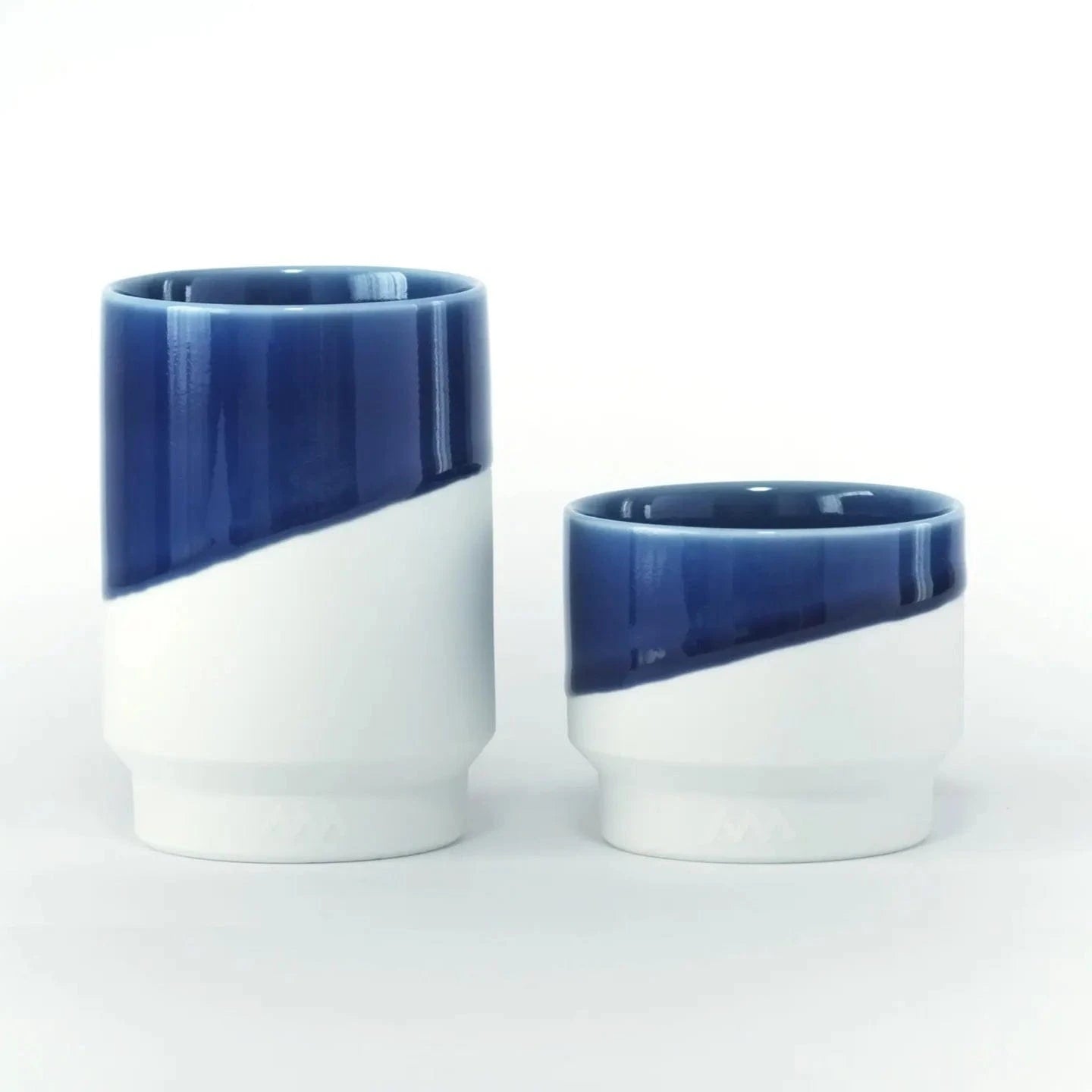
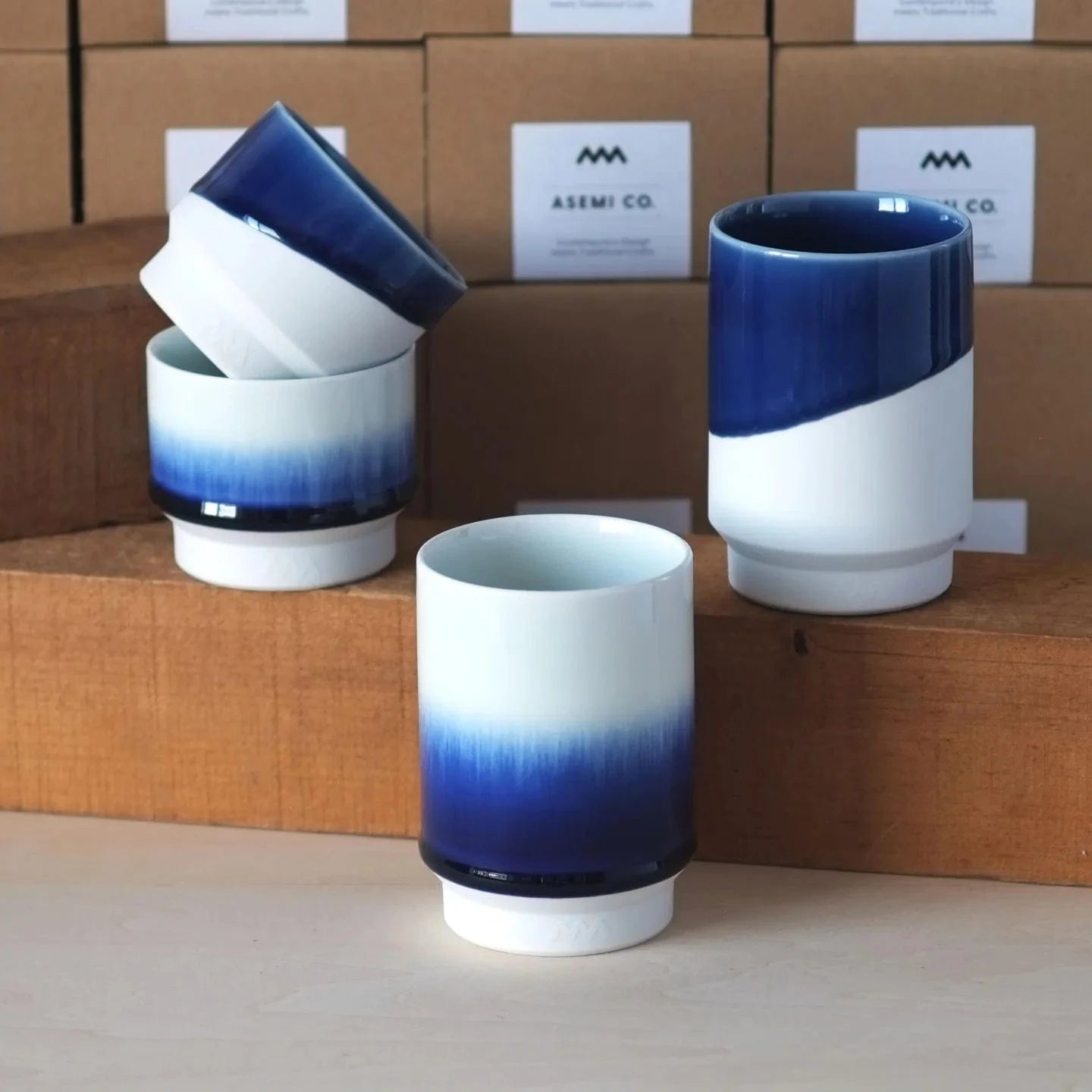
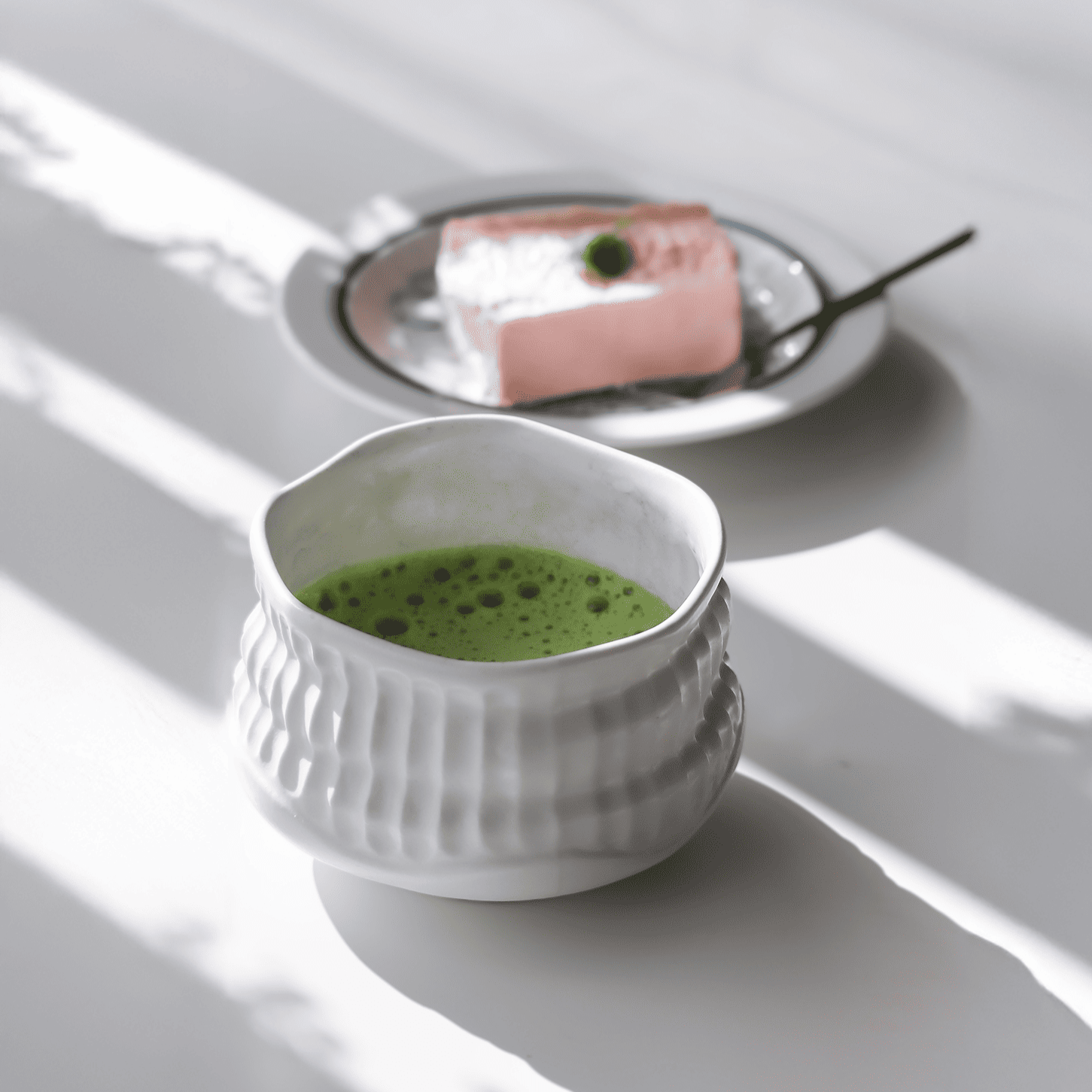
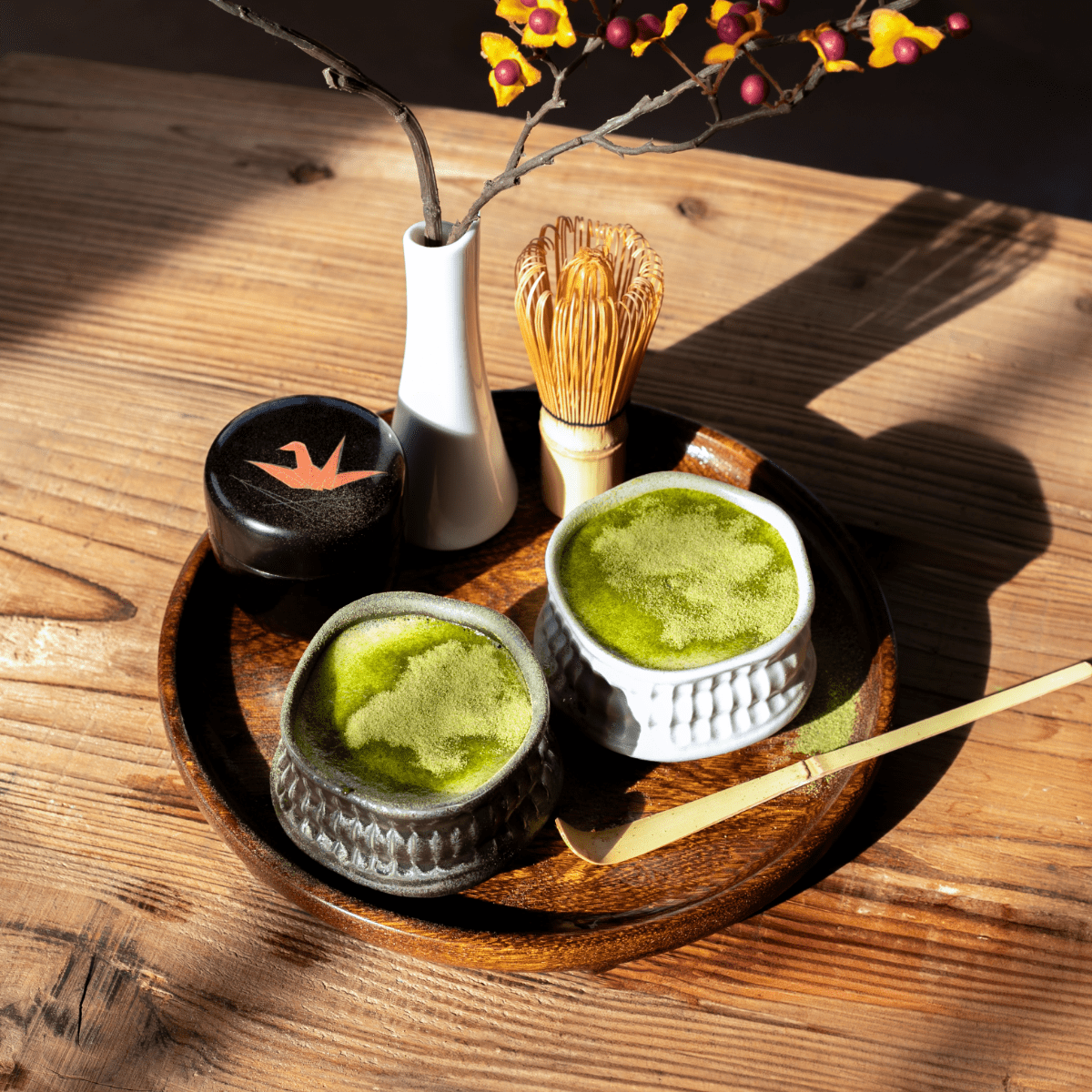
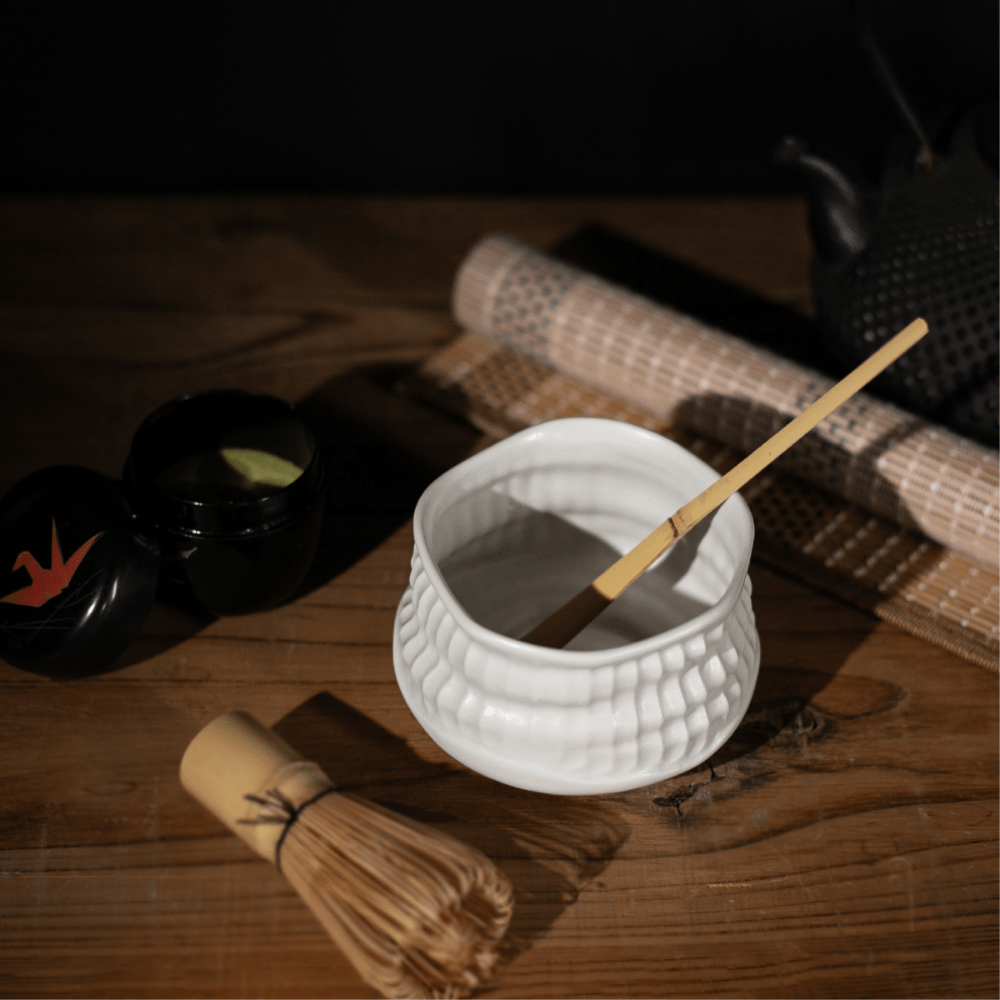
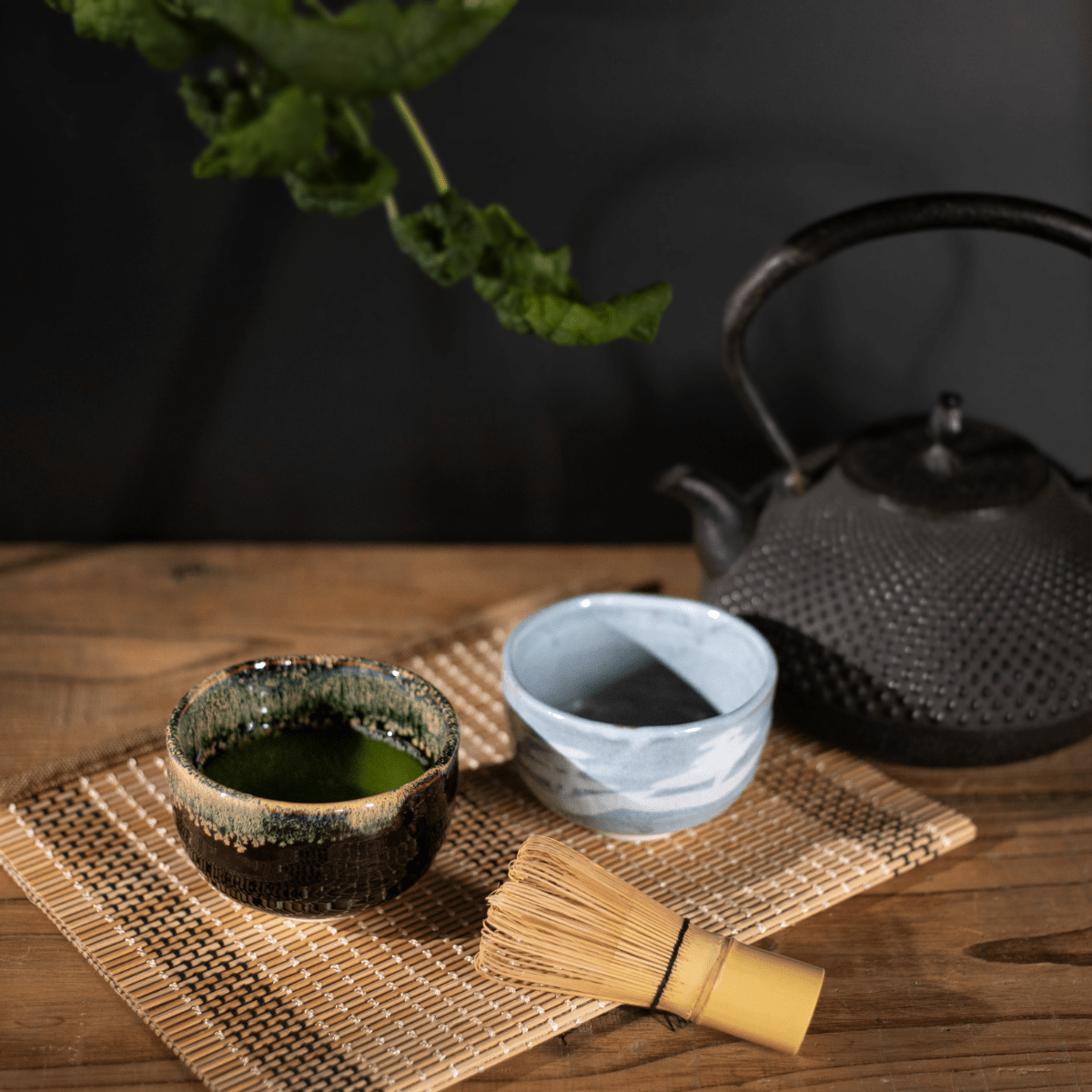
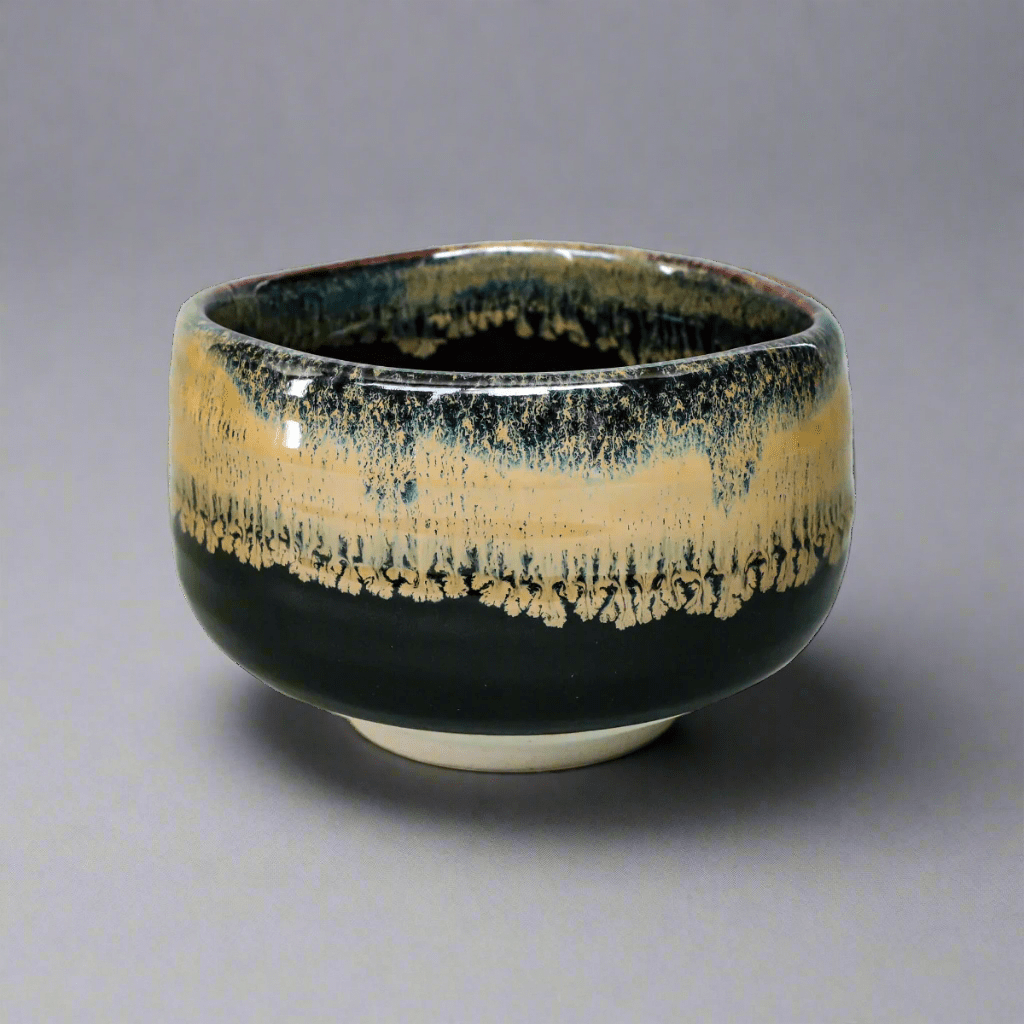
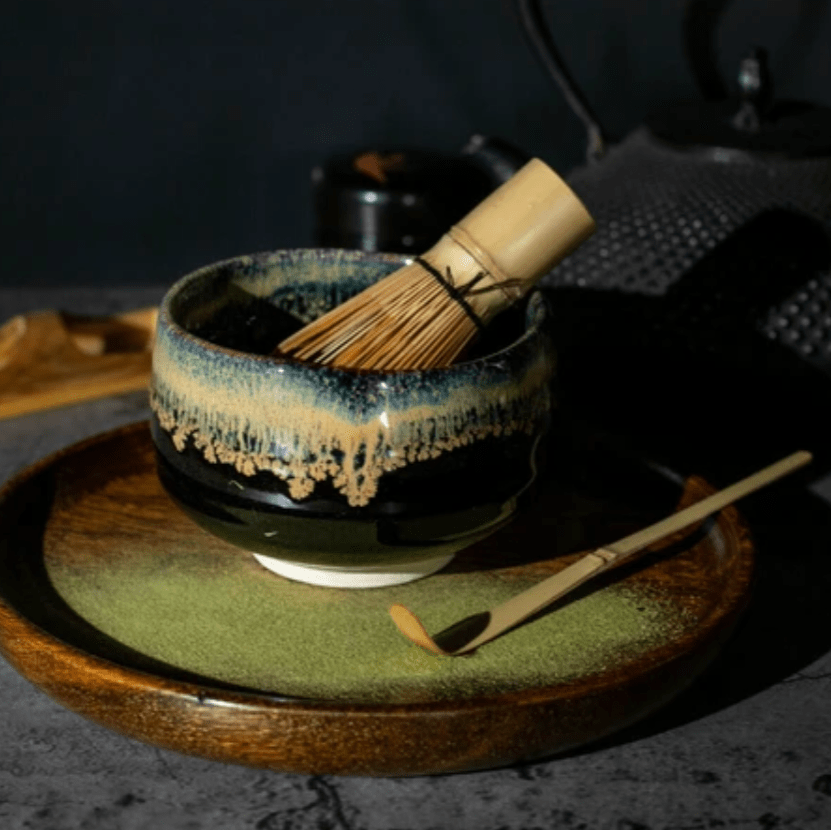
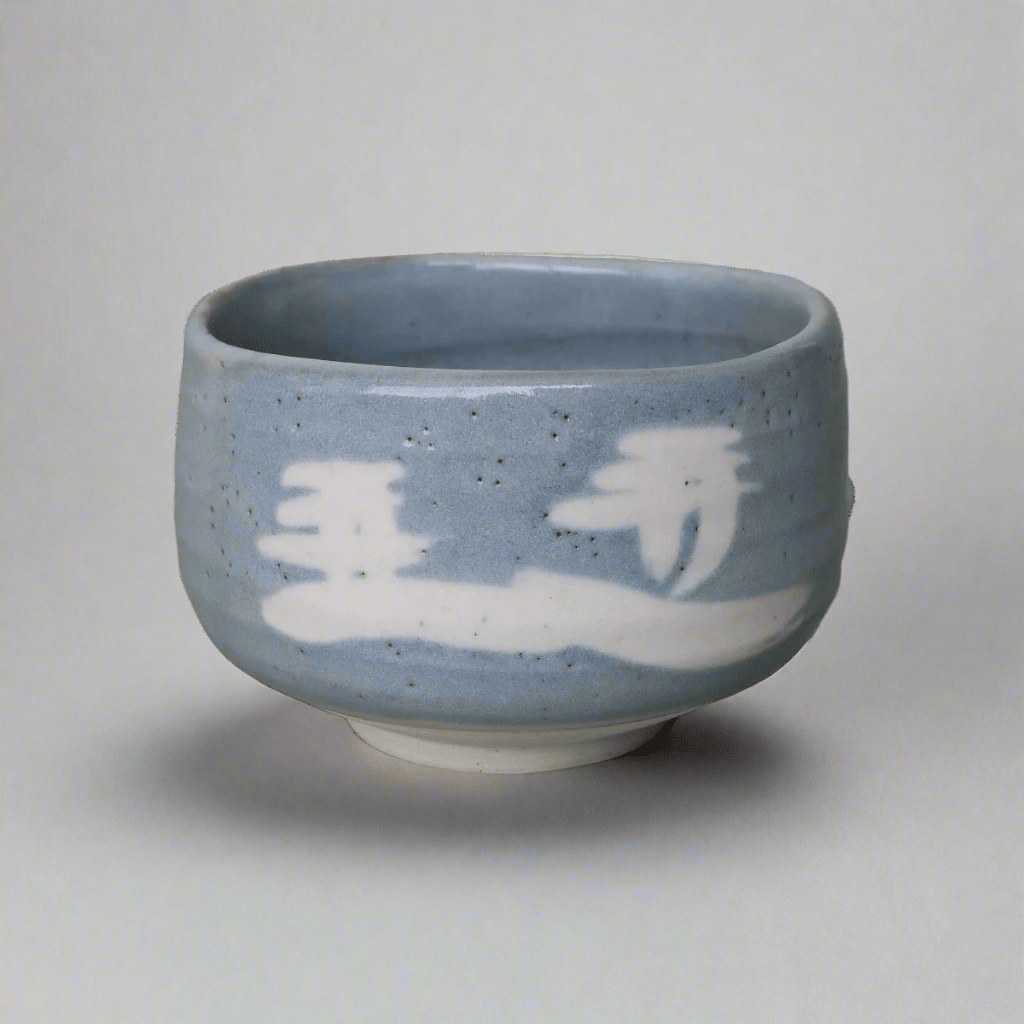
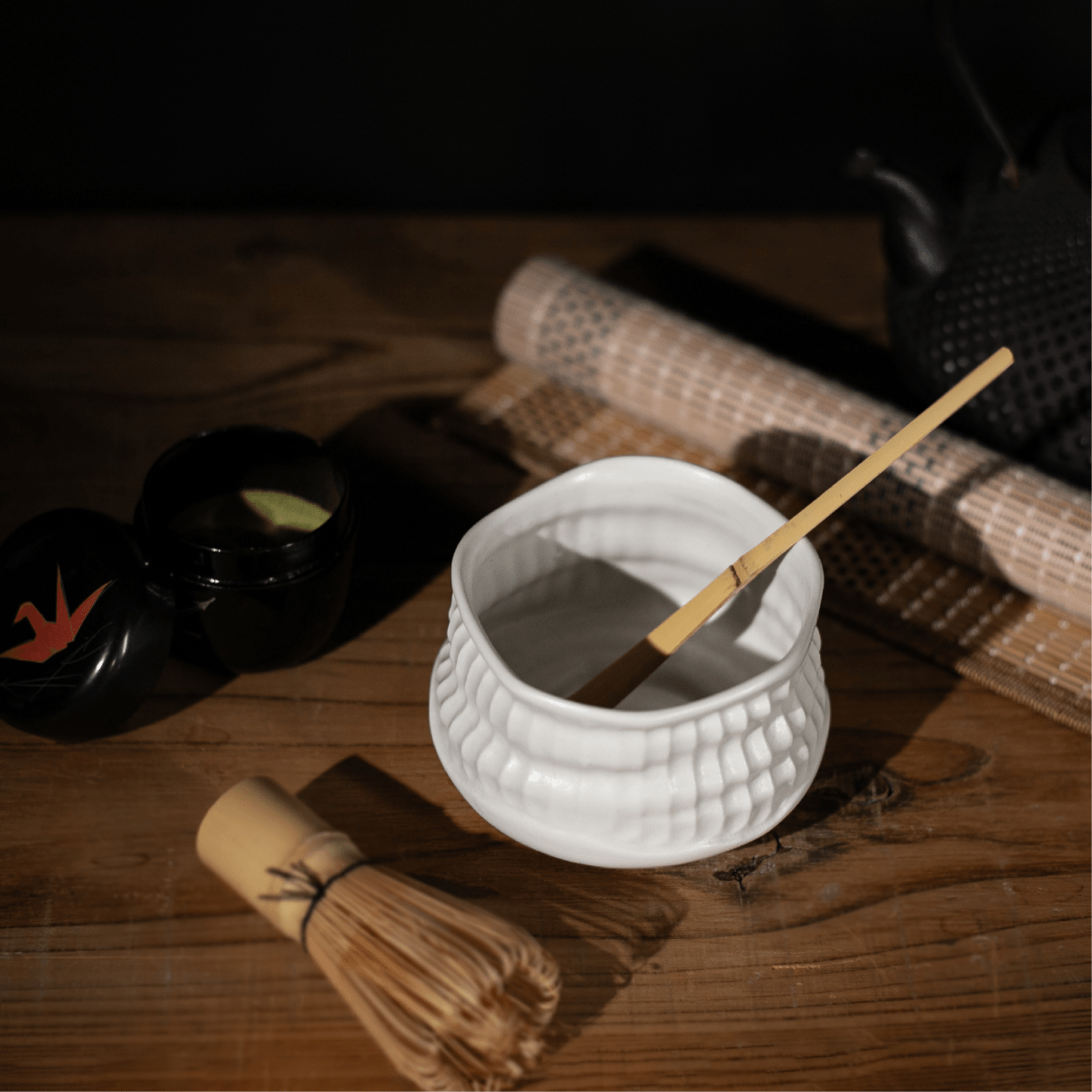
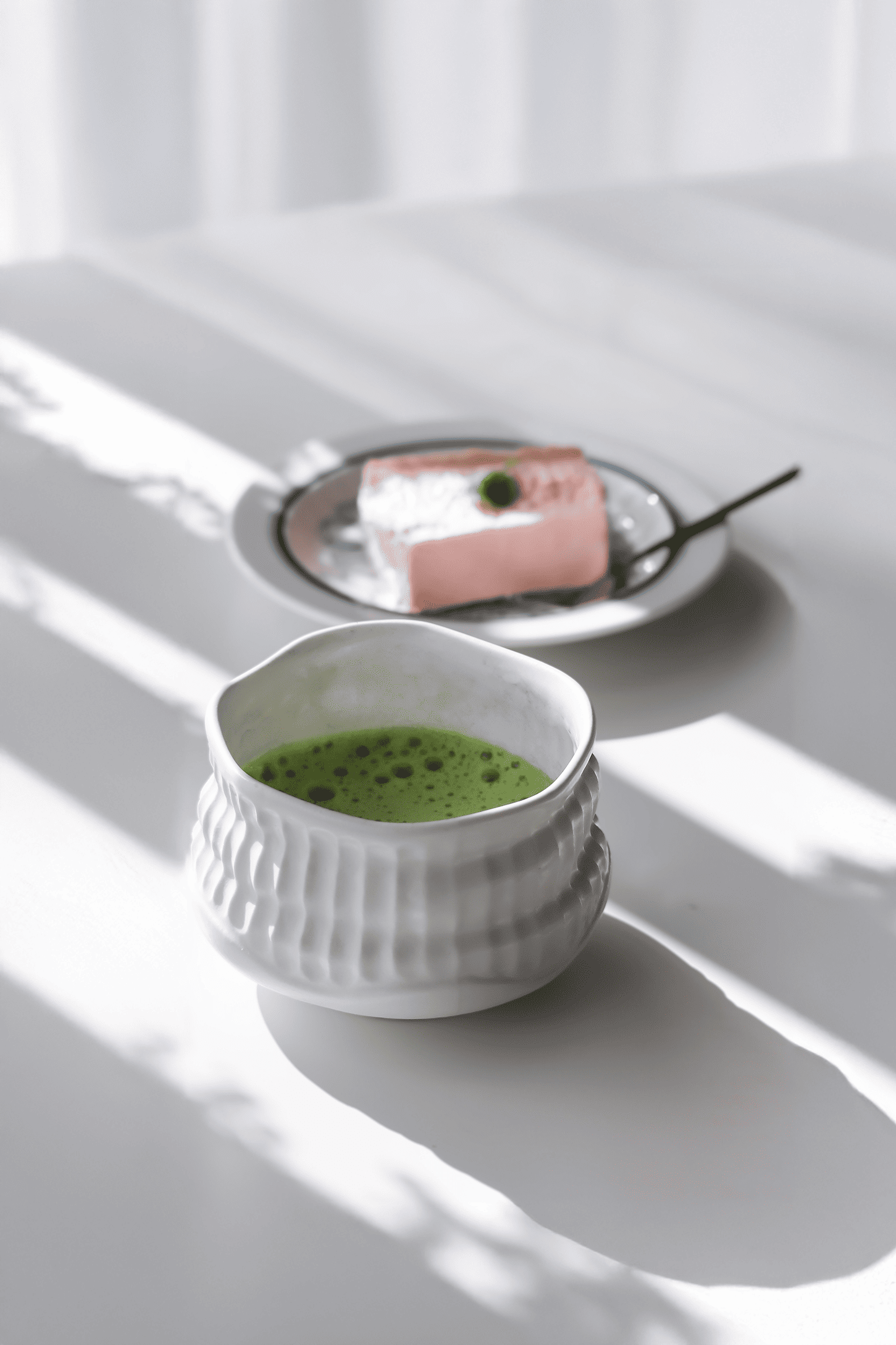
Share: